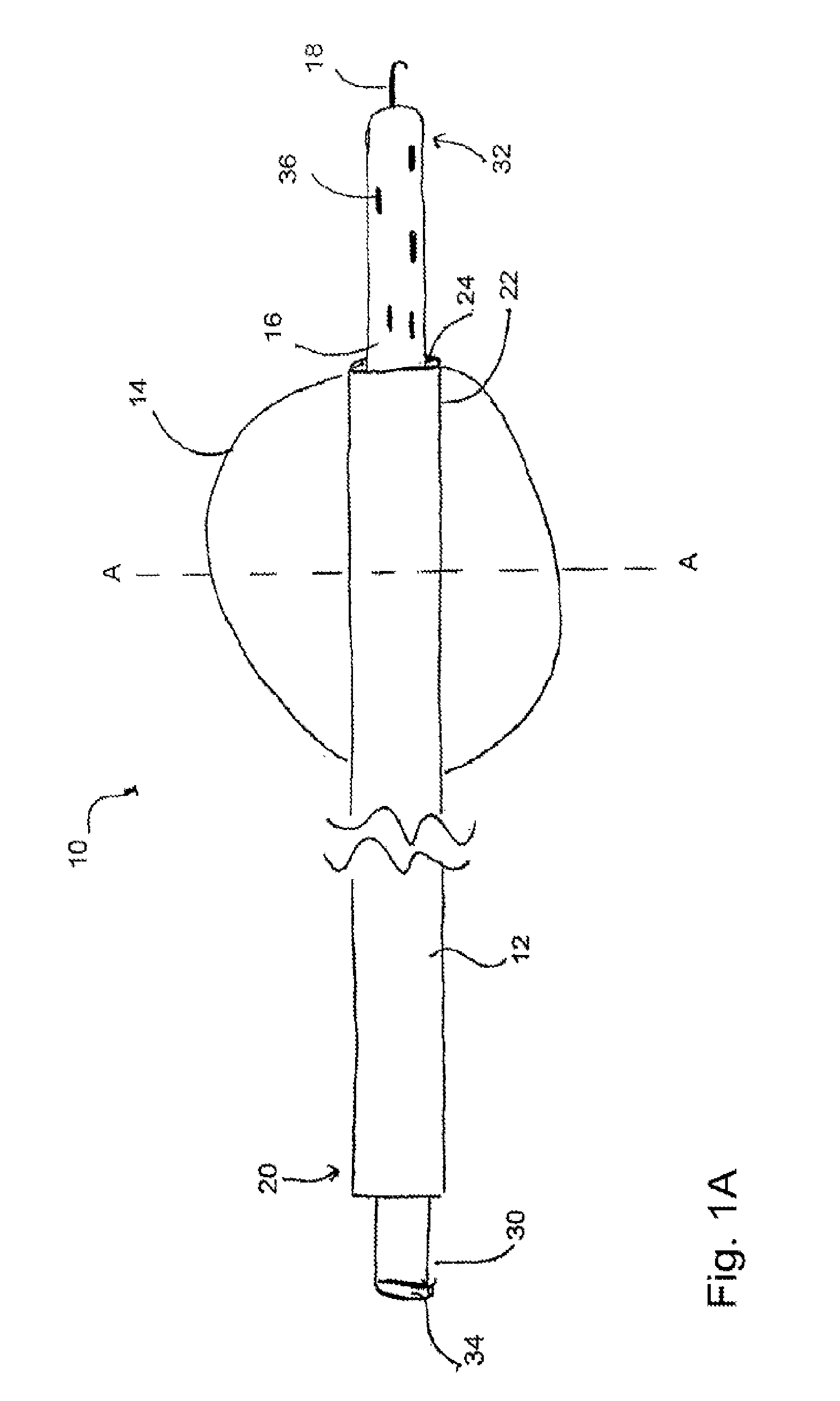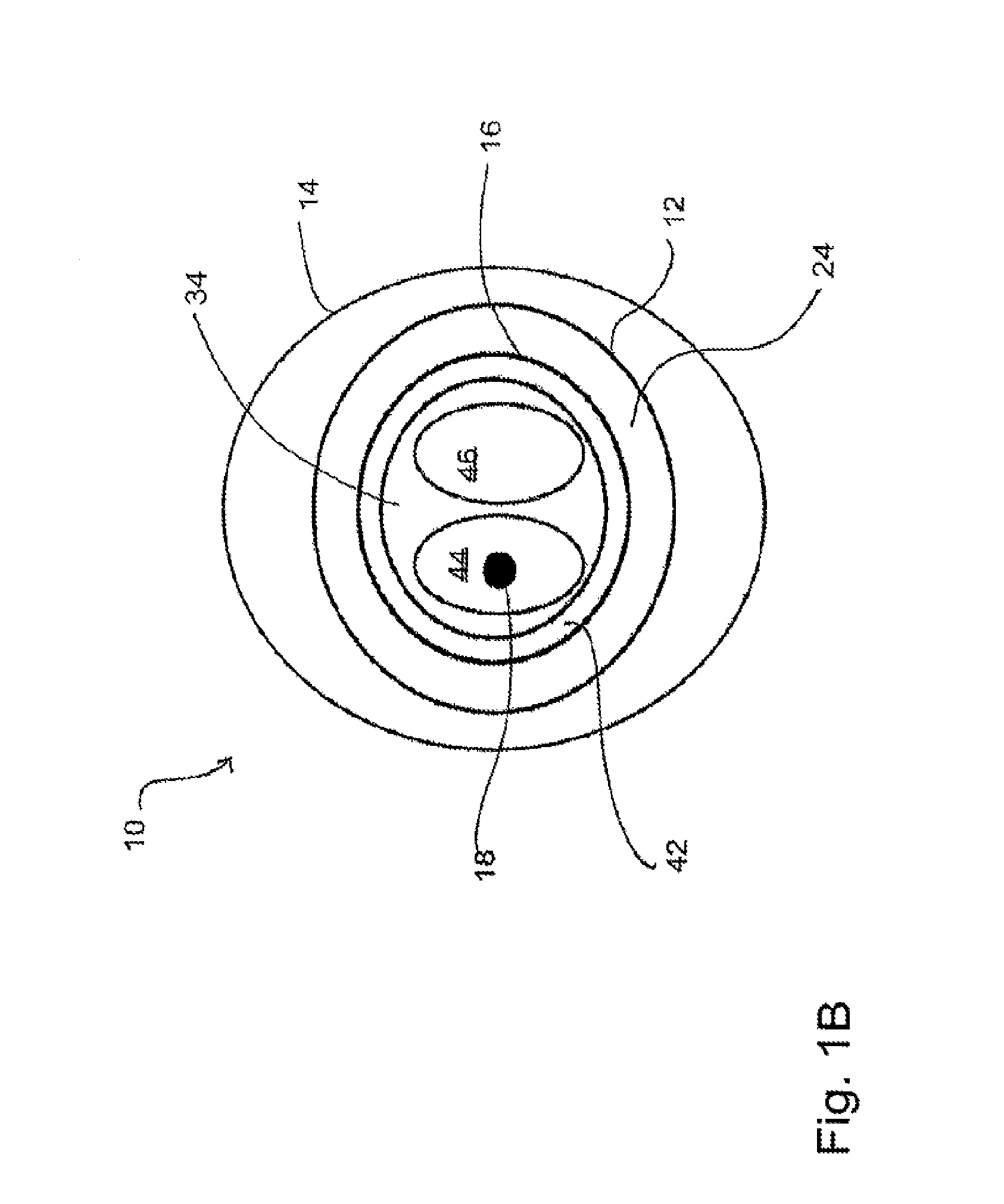Devices, systems, and methods for percutaneous trans-septal left atrial appendage occlusion
a technology of appendage occlusion and percutaneous transseptal, which is applied in the field of devices, systems and methods for percutaneous transseptal left atrial appendage occlusion, can solve the problems of difficult dose of warfarin, high stroke risk of half of patients, and long-term use of anti-coagulation treatments. achieve the effect of maintaining the seal
- Summary
- Abstract
- Description
- Claims
- Application Information
AI Technical Summary
Benefits of technology
Problems solved by technology
Method used
Image
Examples
Embodiment Construction
[0021]Reference will now be made to the embodiments illustrated in the drawings and specific language will be used to describe the same. It will nevertheless be understood that no limitation of scope is intended by the description of these embodiments.
[0022]FIG. 1 shows a side view of one embodiment of an occlusion assembly 10 for closing a left atrial appendage. Specifically, the assembly 10 is configured for placement within the left atrial appendage (“LAA”) and is delivered non-surgically through the use of catheterization and percutaneous transluminal access.
[0023]The occlusion assembly 10 comprises a shaft 12, a balloon 14, a catheter 16, and a guidewire 18. The shaft 12 comprises an elongated catheter shaft having a proximal end 20, a distal end 22, and an interior 24. Both the proximal end 20 and the distal end 22 of the shaft 12 are open and in communication with the interior 24. The interior 24 of the shaft 12 extends throughout the length of the shaft 12 and provides a cha...
PUM
 Login to View More
Login to View More Abstract
Description
Claims
Application Information
 Login to View More
Login to View More - R&D
- Intellectual Property
- Life Sciences
- Materials
- Tech Scout
- Unparalleled Data Quality
- Higher Quality Content
- 60% Fewer Hallucinations
Browse by: Latest US Patents, China's latest patents, Technical Efficacy Thesaurus, Application Domain, Technology Topic, Popular Technical Reports.
© 2025 PatSnap. All rights reserved.Legal|Privacy policy|Modern Slavery Act Transparency Statement|Sitemap|About US| Contact US: help@patsnap.com



